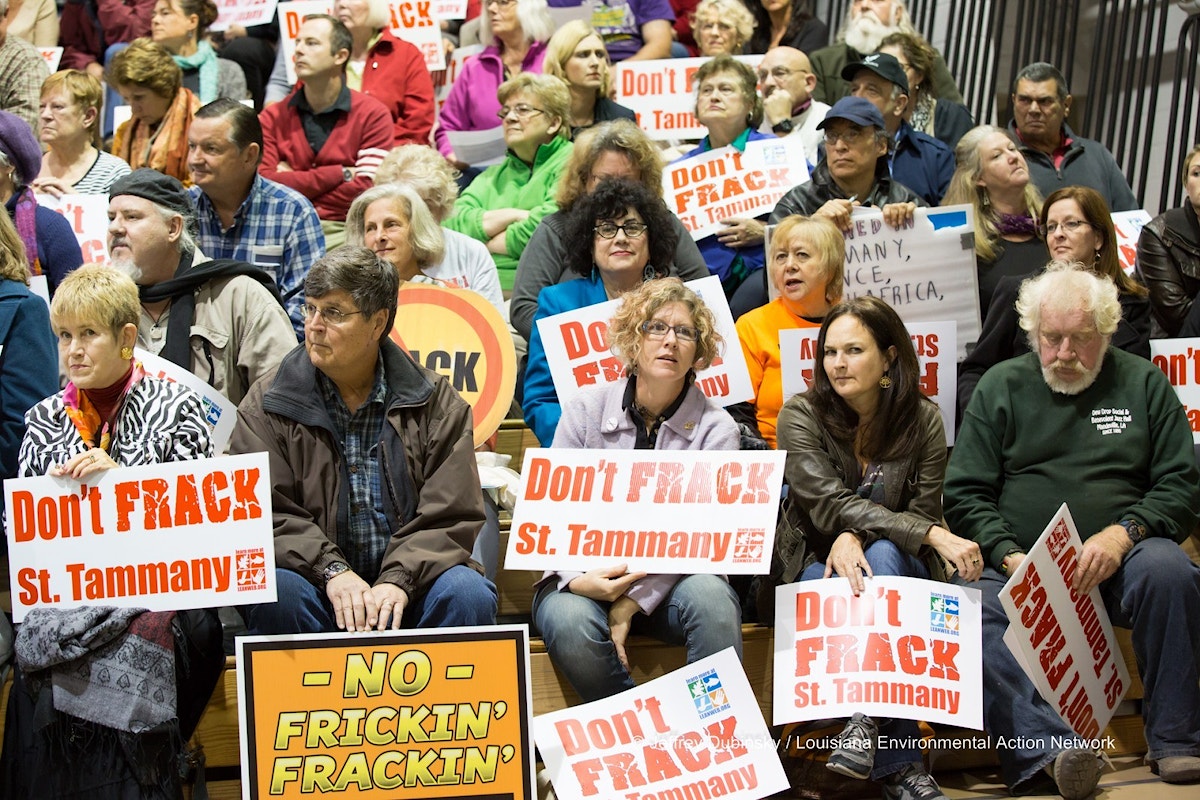4.3 Greenhouse Gas Emissions

- Citizen's Guide
- Chapter 4: Your Air
- 4.3 Greenhouse Gas Emissions
- Table of Contents
- Chapter 1: Government Agencies & Environmental Regulations
- Chapter 2: Public Participation in Government
- Chapter 3: Your Water
- Chapter 4: Your Air
- Chapter 5: Your Land
- Chapter 6: Emergency Preparedness
- Guide Wrap-Up
- Additional Resources & Contact Information
- Credits, Dedication & Thanks
Another important topic is the release of greenhouse gases (GHG). Greenhouse gases trap heat in the atmosphere and contribute to global warming. The four main greenhouse gases are carbon dioxide, methane, nitrous oxide, and fluorinated gases. Carbon dioxide accounts for approximately 82% of GHG emissions and comes from burning fossil fuels, solid waste, and wood products, as well as from certain chemical reactions. Carbon dioxide is removed from the atmosphere by plants.
EPA is working to reduce GHG emissions through a range of new efforts, including new fuel-efficiency standards for automobiles and trucks and carbon pollution standards for industry. However, some effects of climate change already are evident. For example, the Earth has warmed approximately 1.4ºF in the last 100 years and in recent years, there have been many extreme weather events, including large-scale hurricanes, floods, droughts, and heat waves.

Climate change poses a unique and significant threat to Louisiana. As a major area for oil and gas production and refining, and with one of the nation’s largest industrial corridors along the Mississippi River, Louisiana is both a significant provider of fossil fuels and source of greenhouse gas emissions. Increasingly severe weather events pose additional risk to the industrial infrastructure and the people of coastal communities throughout south Louisiana, a region already vulnerable to flooding and hurricanes.
Sea-level rise has intensified problems including the loss of coastal land and wetlands, leading to increased vulnerability to hurricanes. Since 1900, approximately 4,900 square kilometers of wetlands on the coast of Louisiana have been lost, most of it in the last fifty years. The National Oceanic and Atmospheric Administration (NOAA) has recently estimated that Southeast Louisiana will see the greatest rate of sea level rise on the planet by the end of the 21st century.
What can I do about greenhouse gases?
- Be informed about climate change and greenhouse gases
- Find ways to reduce your own contribution by conserving energy
- Support the reduction of greenhouse gas emissions
- Tell your elected officials to support responsible Climate Change policy, Louisiana needs it!
- Learn more about clean energy such as wind and solar power
- Prepare for greater weather events (see Emergency Preparedness)